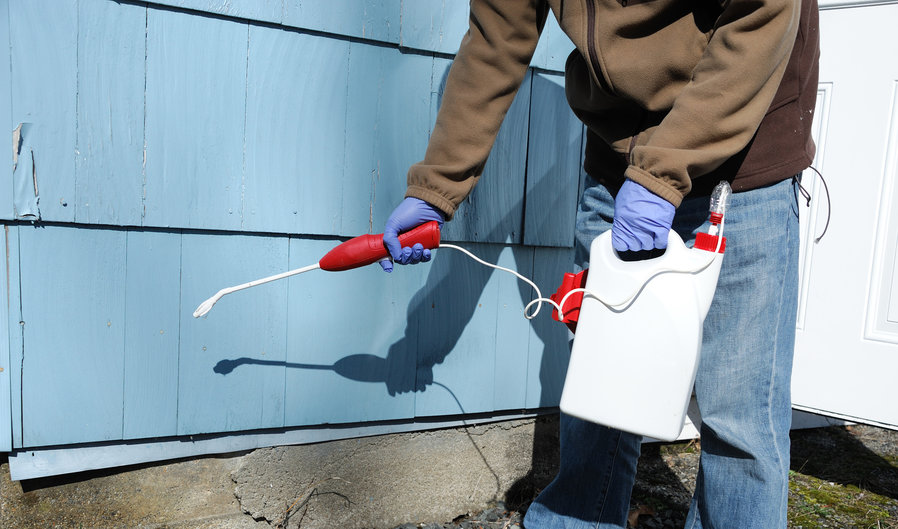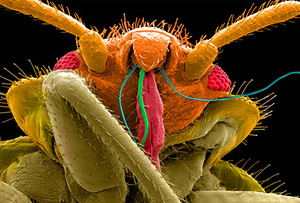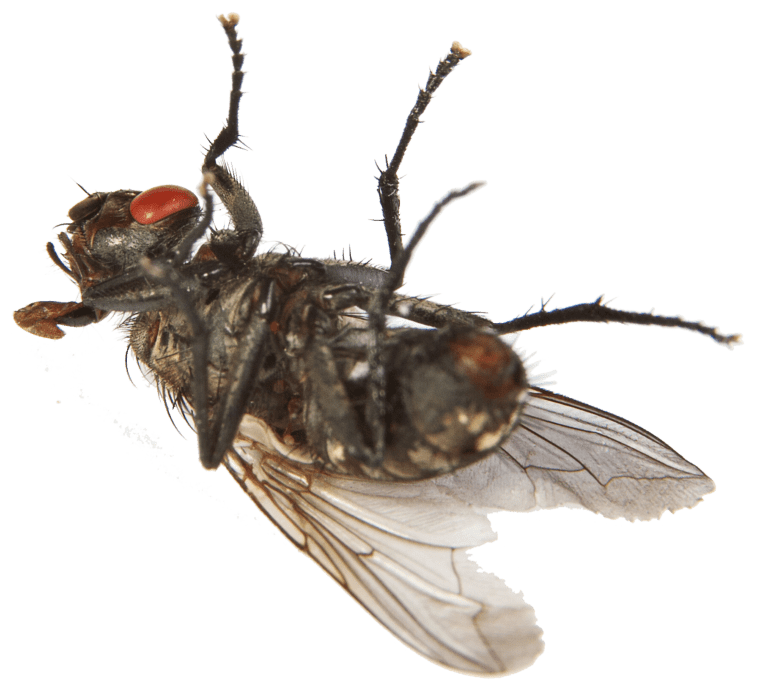Termite control is extremely important considering how quickly this problem can get out of hand and destroy your home.
Termites are colony insects that feed on cellulose. Cellulose is the compound that makes up plant based materials like wood and grass.
In your home, that could be the walls, insulation, cabinetry, windowsills, even a book.
No matter where you live, you’re susceptible to a termite invasion.
In this article, we’re breaking down the signs of termite infestation, what you can do yourself, and when it’s time to call in the termite control experts.
Let’s dive in.
Your Go-To Guide for Termite Control
The first step in identifying a termite issue is knowing what to look for.
Signs of termites include:
- Solid wood that sounds hollow
- Paint that shows cracks or bubbles
- Mud tunnels on or leading toward the home
- Discarded wings at Springtime
- Termite droppings, aka “Frass” (they look like wood pellets)
If you notice any of these signs, it’s in your best interest to act fast.
For at home treatment, there are two main options: liquid termite insecticides or termite baiting systems.
Liquid Termite Insecticides
Termites need moisture to survive. Liquid termite insecticides can be used as a barrier treatment to prevent termites from accessing this liquid once they are in the structure, causing them to die.
At your first notice of termites, distribute the liquid termite insecticides around the exterior of your home.
The best liquid termite insecticides are non-repellents, meaning the termites will not be able to detect and work around them. Remember, termites are very small, so you must apply the solution liberally to cover all their possible paths.
This method will give you fast results, but will only go so far if the infestation is already serious. You must be able to identify and block all the ways the termites could access moisture. If the infestation seems extensive, call the experts before it gets any worse.
Termite Baits
If you don’t want to drench your home with insecticides, another great option is termite bait.
This system works by placing bait on the ground away from your home. The bait is typically made of paper, cardboard, or other cellulose based material which contains a slow-acting substance lethal for termites. The bait lures the termites to it and poisons them when they feed on it.
The slow-acting factor is important to be able to affect the most termites, rather than just the few who get there first. The bait must also be more appealing than the surrounding termite food, such as wood stumps or your house.
This is a great preventative system because it allows you to draw out and detect termites that you may not have noticed otherwise.
It’s also great for homeowners that prefer a minimal use of harmful pesticide chemicals.
Take Action!
You can pick up DIY termite control supplies at your local hardware store. Be sure to follow manufacturer instructions for safety and efficacy.
If you notice signs of a serious infestation or just have that gut feeling, contact Command Pest Control to take care of the problem for you.





